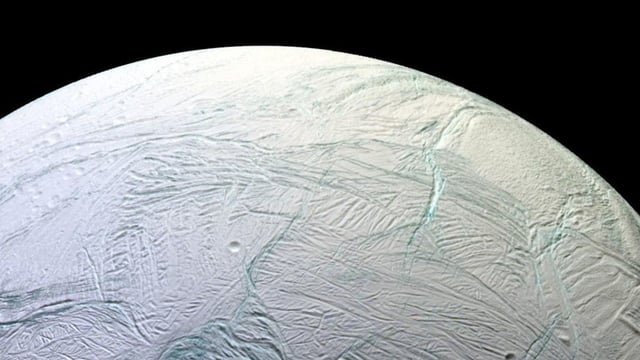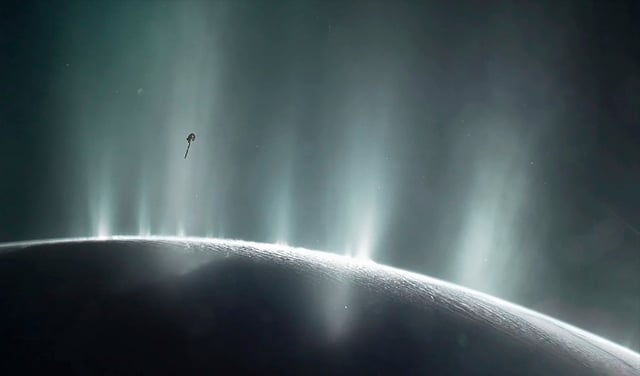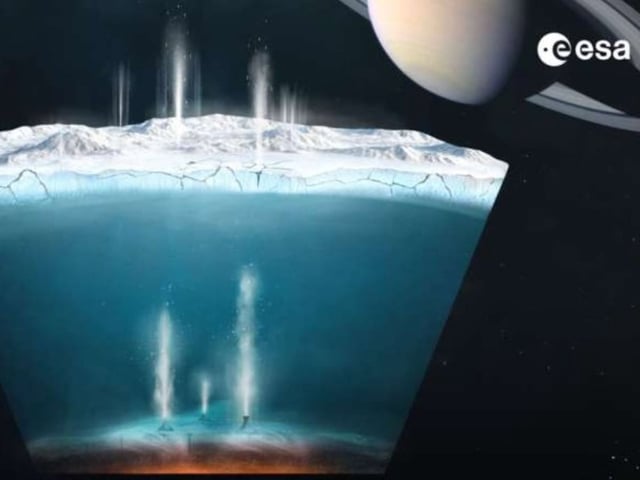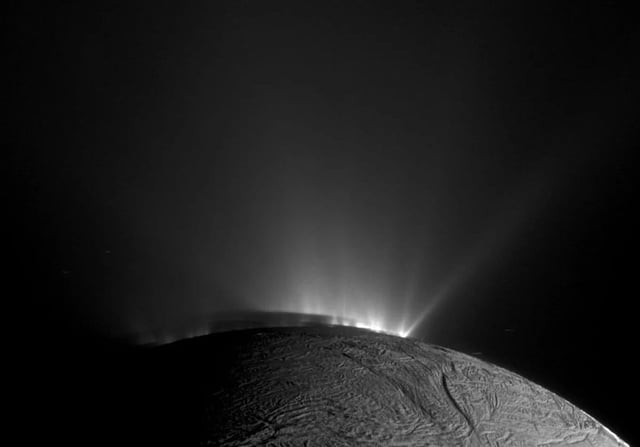Overview
- Published in Nature Astronomy, the study of Cassini’s 2008 Cosmic Dust Analyzer flyby identifies previously unseen organic fragments in ice grains ejected minutes before sampling.
- Detected species include esters and aliphatic alkenes, (hetero)cyclic compounds, ether- and ethylene-like fragments, and tentative nitrogen- and oxygen‑bearing molecules not reported before in Enceladus grains.
- Researchers say the findings point to synthesis within the subsurface ocean rather than alteration by long-term space radiation, reinforcing prior E‑ring detections.
- The high-impact velocity of about 18 km/s reduced masking by clustered water signals, enabling clearer identification of complex organics in the freshest grains.
- ESA highlights the results as justification to progress orbiter and lander mission studies, with recent JWST plume observations providing complementary, independent context; no mission has been approved and no life has been detected.



